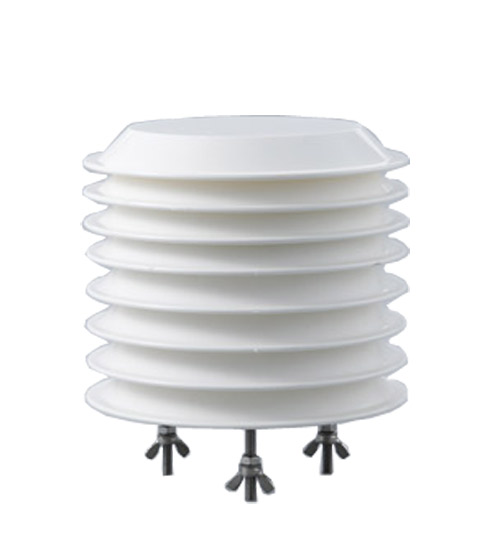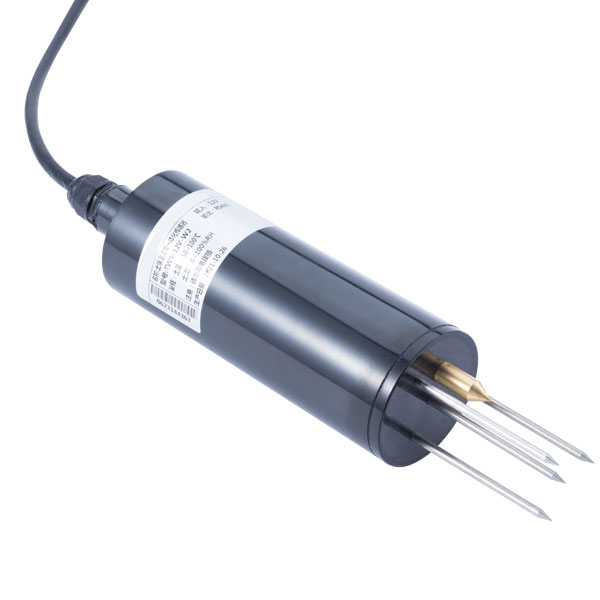

— Blogs —
—Products—
 Consumer hotline +8618073152920
Consumer hotline +8618073152920 WhatsApp:+8615367865107
Address:Room 102, District D, Houhu Industrial Park, Yuelu District, Changsha City, Hunan Province, China
Product knowledge
Time:2021-12-06 19:27:54 Popularity:1100
LoRa-wireless technology in the field of IoT applications
Introduction to LoRa
The full name of "LoRa": "Long Range Radio" is a chirp spread spectrum modulation technology. The Chinese name is "Long Range Radio". It is a low-power local area network wireless standard created by semtech. Low power consumption is generally difficult to cover Long-distance, long-distance is generally high power consumption, it seems difficult for horses to run far without eating grass. The biggest feature of LoRa is that it can travel farther than other wireless methods under the same power consumption condition, and it truly realizes the unity of low power consumption and long distance. Under the same power consumption, LoRa is longer than traditional radio frequency communication. It can be expanded 3-5 times, so it is widely used in various fields of the Internet of Things.
There are many wireless technologies in the field of IoT applications, such as 2.4GHz WiFi, Bluetooth, Zigbee, etc. These technologies can form a local area network, and these wireless technologies such as 2G/3G/4G can form a wide area network. The advantages and disadvantages are very obvious. It can be summarized as shown in the figure below.
In these technologies, it seems that we can only choose between long-distance and low power consumption. Until Low Power Wide Area Network, LPWAN (Low Power Wide Area Network) is produced, when designers adopt LPWAN technology, they can take care of both, maximizing the realization of longer distance communication and lower power consumption, and at the same time Save additional repeater costs.
In the low-power wide-area Internet of Things (LPWAN) field, there are separate two camps, "licensed spectrum" and "unlicensed spectrum"; in the licensed spectrum camp, NB-IoT technology is the leader, which is used by domestic and foreign operators , Equipment vendors, module and chip manufacturers and other industrial ecosystems are pushing ahead; the unlicensed spectrum camp is dominated by LoRa technology. After several bumps in the domestic development, the efforts of global ecological partners have become The global de facto standard.
The composition of the LoRa network
The LoRa network is mainly composed of four parts: terminal (with built-in LoRa module), gateway (or base station), server and cloud. Application data can be transmitted in both directions.
LoRa technical points
LoRa combines digital spread spectrum, digital signal processing and forward error correction coding technology together, with unprecedented performance. Prior to this, only those advanced industrial radio communications will be combined with these technologies, and with the introduction of LoRa, the situation in the field of embedded wireless communications has completely changed. The forward error correction coding technology is to add redundant information to the data sequence to be transmitted, so that the error symbols injected during the data transmission process can be corrected in time at the receiving end. This technique reduces the previous need to create "self-repair" packages to retransmit, and performs well in solving sudden errors caused by multipath fading. To ensure reliability, the grouping of data packets is established and forward error correction coding is injected to ensure reliability, and the data packet is sent to the digital spread spectrum modulator. The modulator inputs each bit in the packet data packet into an "spread", and divides each bit time into multiple chips.
LoRa can easily cope with noise, configure LoRa modem, after configuration, it can be divided into 64-4096 chips/bit, and the maximum spreading factor (12) in 4096 chips/bit can be used at most. In contrast, ZigBee can only divide chips/bits of 10-12 codes.
LoRa technology uses high spreading coefficients to transmit small-capacity data through a wide range of radio frequency spectrum. In fact, when you measure with a spectrum analyzer, the data looks like noise, but the difference is that the noise is irrelevant, and the data is also relevant. For this reason, the data can actually be extracted from the noise. . The higher the spreading frequency coefficient, the more data can be extracted from the noise. For a well-functioning GFSK receiver, a minimum signal-to-noise ratio (SNR) of 8 dB needs to be reliably demodulated. By configuring AngelBlocks, LoRa can demodulate a signal with a signal-to-noise ratio of -20 dB. This result differs by 28 dB, which is equivalent to an increase in range and distance. In an outdoor environment, a gap of 6 dB can reach twice the original transmission distance.
In this way, LoRa technology can achieve greater transmission range and distance with lower transmission power. This low-power wide-area technology is exactly what we need.
Low Power Wide Area Network (LPWAN) is an indispensable part of the Internet of Things. It has the characteristics of low power consumption, wide coverage, and strong penetration. It is especially suitable for water positioning, street lamp monitoring, and parking space monitoring. In other applications, send and receive a small amount of data. LPWAN related organizations The LoRa Alliance has 145 members all over the world, and their rich ecosystem makes devices that follow the LoRaWAN protocol compatible. A communication method that is fully compatible with LoRaWAN, which can access tens of thousands of wireless sensor nodes within a range of 5 to 10 kilometers, which reduces the communication power consumption of nodes more effectively than the traditional point-to-point polling communication method.
Sensors & Weather Stations Catalog
Agriculture Sensors and Weather Stations Catalog-NiuBoL.pdf
Weather Stations Catalog-NiuBoL.pdf
Related recommendations
Related products
 Atmospheric Temperature Humidity Pr···
Atmospheric Temperature Humidity Pr··· Soil Temperature Moisture Sensor 4-···
Soil Temperature Moisture Sensor 4-··· Air temperature, humidity and atmos···
Air temperature, humidity and atmos···
Screenshot, WhatsApp to identify the QR code
WhatsApp number:+8615367865107
(Click on WhatsApp to copy and add friends)